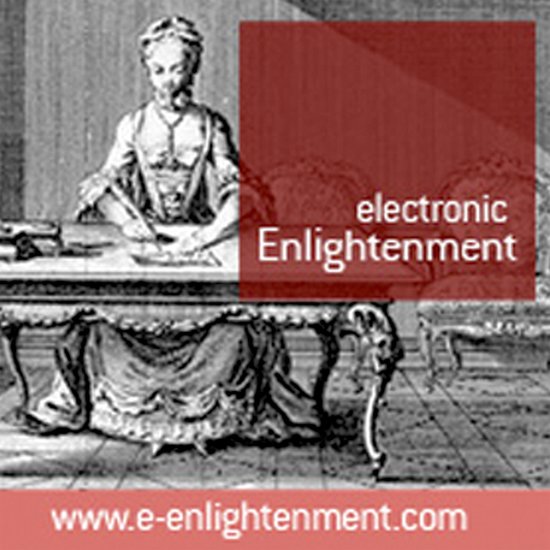By Robert V. McNamee and Daniel Parker
It is well known in the history of psychology that Descartes was an early thinker on what we would now call classical conditioning or Pavlovian conditioning, which he referred to as “reflex”. Most authors writing on the subject cite two of his works and one letter to make the connection clear: his Discours de la méthode (Discourse on the Method), 1637; Les passions de l’âme (Passions of the Soul), the last of Descartes’ published work, completed in 1649; and finally his letter to William Cavendish, 1st duke of Newcastle, Friday, 23 November 1646.
However, another much earlier epistolary reference seems generally to be missed: his letter to his friend Marin Mersenne, dated 18 March 1630. What is particularly interesting in this earlier letter to Mersenne is Descartes association of sound (in this case the sound produced by a violin) to the ‘reflex’ response of dogs. As a precursor to Pavlov, and the Pavlovian dogs experiment, it is interesting to see Descartes constructing what is a remarkably parallel experimental test — albeit, in Descartes case and as far as we know, a thought experiment only.
“Secondly, what makes some people want to dance may make others want to cry. This is because it evokes ideas in our memory: for instance those who have in the past enjoyed dancing to a certain tune feel a fresh wish to dance the moment they hear a similar one; on the other hand, if someone had never heard a galliard without some affliction befalling him, he would certainly grow sad when he heard it again. This is so certain that I reckon that if you whipped a dog five or six times to the sound of a violin, it would begin to howl and run away as soon as it heard that music again . . . .”
— René Descartes to Marin Mersenne: Monday, 8 March 1630.
It is striking just how similar Descartes’ theory on ‘reflex’ is to Pavlov’s theory of ‘conditioning’. Just as in Pavlov’s conditioning experiment, performed two hundred and seventy one years after Descartes’ letter outlines his theory of ‘reflex’, the two stimuli necessary for conditioning, the conditioned and unconditioned stimuli, are paired causing the ‘planned conditional response’. In Descartes’ letter, the planned conditional response is fear. In Pavlov’s experiments, the planned conditional response is the saliva elicited by hunger.
 Further, in both examples, the conditioned stimulus is linked to sound. For instance, Descartes’ stipulates that if “you whipped a dog five or six times to the sound of a violin, it would begin to howl and run away as soon as it heard that music again”. Pavlov’s experiment nearly three hundred years later also requires an audio-based stimulus to cause the planned conditional response. For Pavlov’s dogs, the sound of the ringing bell would come to represent feeding time and would cause the dogs to salivate in anticipation of sating their hunger. For all animal lovers it is fortunate that Descartes’ experiment remained a theory, discussed in letters to friends, while Pavlov carried out the conditioning experiment in practice.
Further, in both examples, the conditioned stimulus is linked to sound. For instance, Descartes’ stipulates that if “you whipped a dog five or six times to the sound of a violin, it would begin to howl and run away as soon as it heard that music again”. Pavlov’s experiment nearly three hundred years later also requires an audio-based stimulus to cause the planned conditional response. For Pavlov’s dogs, the sound of the ringing bell would come to represent feeding time and would cause the dogs to salivate in anticipation of sating their hunger. For all animal lovers it is fortunate that Descartes’ experiment remained a theory, discussed in letters to friends, while Pavlov carried out the conditioning experiment in practice.
One of the great advantages of analysing a complete corpus of letters is that it provides the broader matrix of thoughts and exchanges between a range of thinkers as they formulated their theories using their own system of social networking. This small example of a shared experimental construct between Descartes and Pavlov does not provide an entirely new perspective or discovery missed by previous generations but it does provide nuance and depth of structure to our narrative of the history of psychology. Indeed, it suggests that further explorations, with the aid of search facilities across a wide collection of correspondences, may greatly enrich our understanding of the past and how we think of these things in the present.
Robert V. McNamee is Director of the Electronic Enlightenment Project. Daniel Parker is Publicity Assistant for Electronic Enlightenment.
With 60,647 letters and documents and 7,476 correspondents as of October 2012, Electronic Enlightenment is the most wide-ranging online collection of edited correspondence of the early modern period, linking people across Europe, the Americas and Asia from the early 17th to the mid-19th century. Students and the general public alike can search the Electronic Enlightenment site according to period, location, historical event or historical figure. The Electronic Enlightenment Project is centred on recreating what might be thought of as the world’s first great social network, the exchange of letters before the development of other, rapid means of communication.
Subscribe to the OUPblog via email or RSS.
Subscribe to only history articles on the OUPblog via email or RSS.
Image credits: Puppy photo by Bodina. Creative Commons License via Wikimedia Commons. Portrait of René Descartes by Frans Hals. Public Domain via Wikimedia Commons.



[…] es que el bueno de Descartes andaba ya, mucho antes que ellos, nada menos que en 1630, describiendo en una carta cómo podrían hacer el experimento! A punto estuvo monsieur Descartes de pisar el experimento a […]